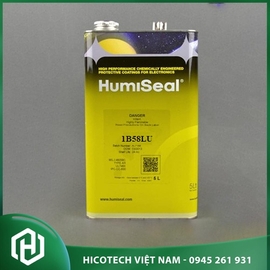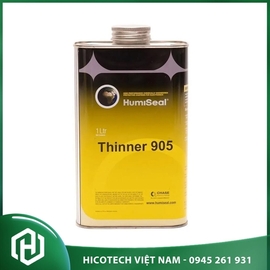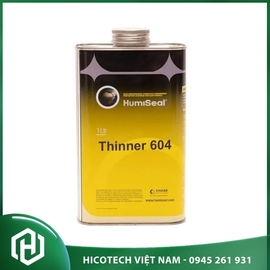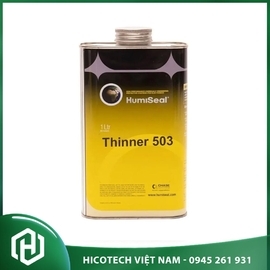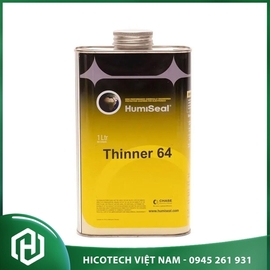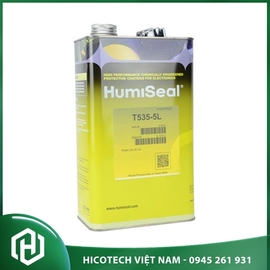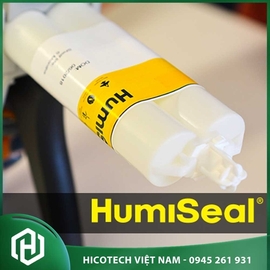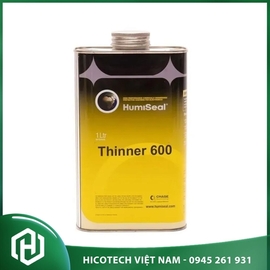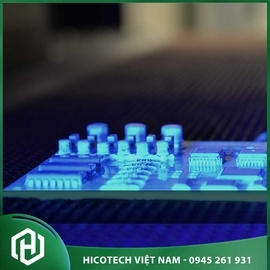Conformal coatings
Introduction about Conformal Coating
Conformal coating is a protective layer applied to the surface of a printed circuit board (PCB). This coating conforms to the contours of components and traces, offering insulation, chemical resistance, and environmental protection. Delve into the world of conformal coatings as we explore their properties, application methods, design considerations, and the advantages they bring to enhancing PCB reliability.
Understanding Conformal Coating Conformal coating involves applying a thin polymer film to a circuit board, which is then cured to form a uniform protective layer. Initially in liquid form, the coating hardens to closely conform to the board's topography, delivering insulation and sealing against contaminants.
Typically ranging from 25 to 75 micrometers (1-3 mils) in thickness when cured, conformal coatings can cover intricate and densely populated board geometries. Common materials utilized include polyurethane, silicone, acrylic, epoxy, and parylene. Additional filler compounds may be incorporated to modify properties such as thermal conduction or dielectric constant.
The key functions of conformal coating encompass:
- Preventing electrochemical migration between traces.
- Isolating high voltage circuits.
- Shielding components from moisture and chemicals.
- Safeguarding boards against dust, dirt, and debris.
- Providing mechanical support for fragile components.
- Electrically insulating boards and trace conductors.
Advantages of Utilizing Conformal Coatings
Conformal coatings play a pivotal role in enhancing manufacturing yields and prolonging the operational lifespan of circuit boards. The key benefits include:
-
Contamination Resistance: Conformal coatings act as a barrier, safeguarding boards against dust, dirt, and debris. This preventive measure mitigates the risk of contaminant particles causing short circuits or corrosion.
-
Moisture and Chemical Resistance: These coatings provide an effective shield against water, solvents, or cleaning agents that could otherwise lead to electrochemical corrosion and dendritic growth between traces. This is particularly crucial for boards exposed to condensation or fluids.
-
UV Protection: UV-blocking conformal coatings offer protection against solar radiation damage, extending the service life of products intended for outdoor use.
-
Fungus Resistance: In hot and humid environments, fungus growth on boards can lead to shorting or signal leakage. Fungicidal coatings prevent such fungal contamination.
-
Thermal and Mechanical Shock Protection: The conformal coating layer acts as a cushion, providing defense against abrupt temperature changes or impacts from vibrations or drops. This minimizes physical damage such as cracked solder joints, broken traces, or delaminated pads.
-
Electrical Insulation: Conformal coatings effectively isolate closely spaced conductors, allowing increased component density by preventing arc-over and shorting between traces. Additionally, they insulate boards from accidental contact with other objects.
-
Corrosion Protection: By forming a barrier, the coating prevents moisture from accumulating against metal component leads and pads, thwarting electrolytic corrosion cells and blocking electrochemical reactions.
Materials Used in Conformal Coating
Conformal coatings for circuit boards utilize various material types and formulations, each with its own set of properties. Some key materials include:
1. Acrylic:
- Most common and cost-effective material.
- Offers good humidity and chemical resistance.
- Produces a hard, somewhat brittle film when cured.
2. Silicone:
- Exhibits excellent temperature resistance and flexibility.
- Resistant to humidity, chemicals, radiation, and fungus.
- Yields a softer coating that is more prone to cuts and abrasion.
3. Urethane:
- Tough, abrasion-resistant, flexible coating.
- Demonstrates good humidity and chemical resistance.
- Can be applied in a thick layer without running or sagging.
4. Epoxy:
- Forms a hard, rigid, and durable coating layer.
- Offers excellent chemical and moisture resistance.
- Withstands high temperatures, up to 200°C.
5. Parylene:
- Applied via vapor deposition, ensuring uniform coating on all surfaces.
- Exhibits excellent penetration into tight spaces.
- Features inert, biocompatible, transparent, and flexible properties.

